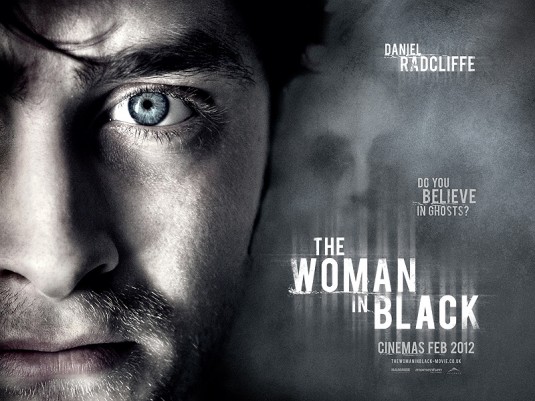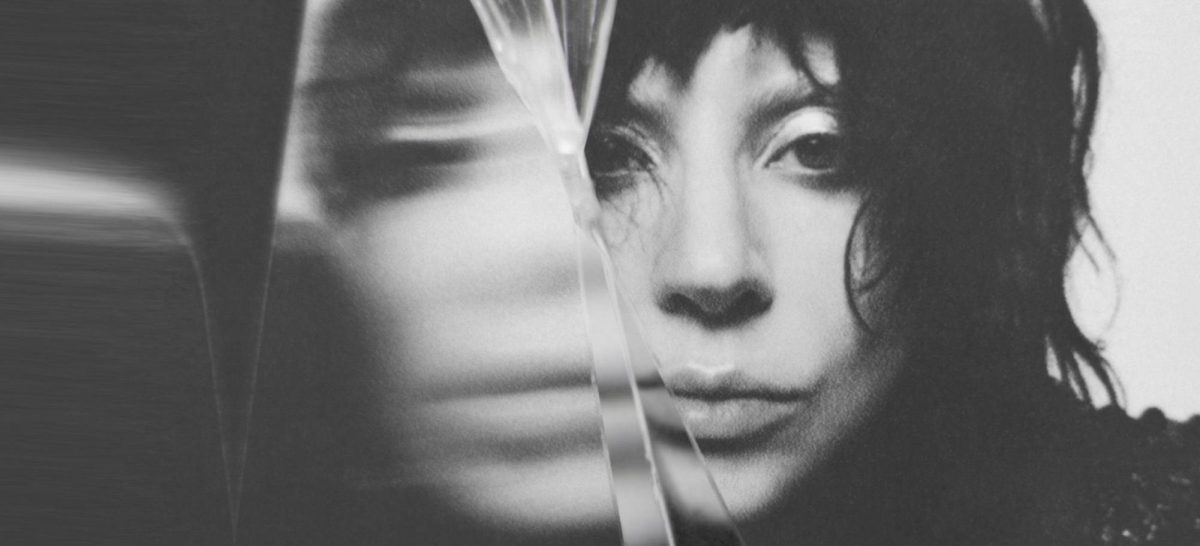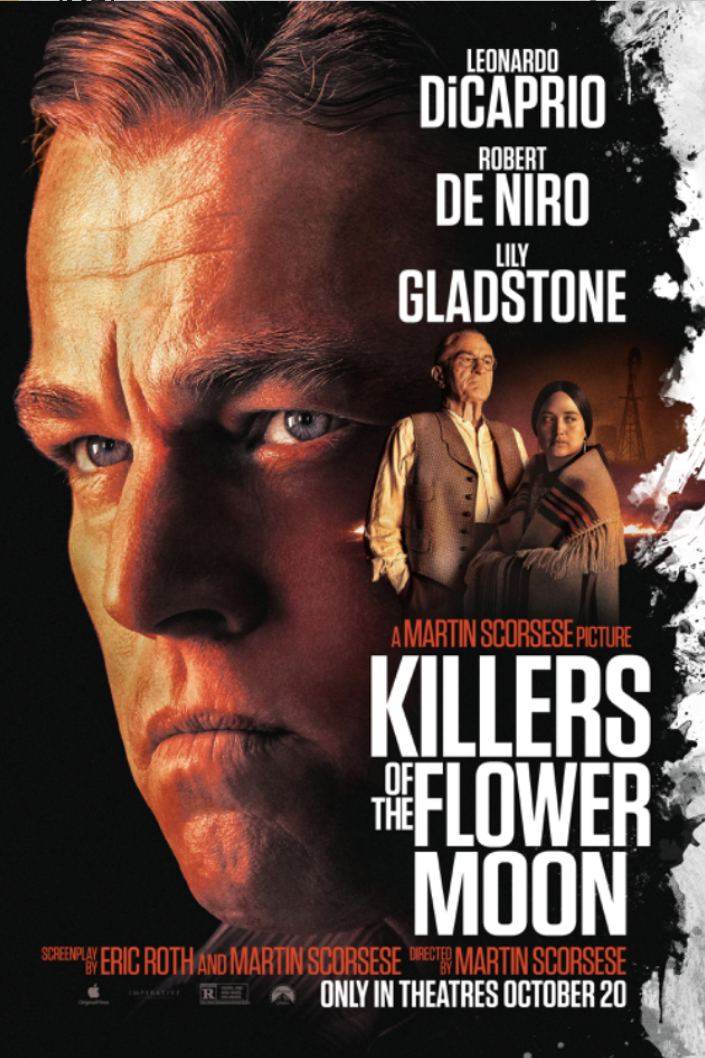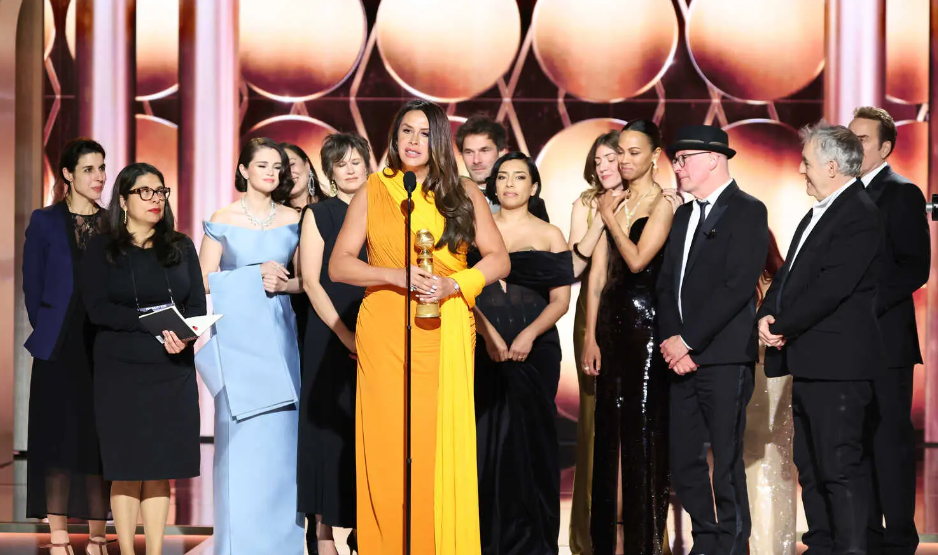Rather than blood and guts spilling all over the screen, “The Woman in Black” delivers a slightly more subtle scare in this ghostly thriller. With massive hype over it, “The Woman in Black” was a breakthrough in the horror genre, and a nice change from some of the odious gore films to have come out in the last few years. The film easily beat its horror film competitors such as “The Devil Inside” (2012) and “Rogue River” (2012), due to its grim plot, spooky effects and setting.
“The Woman in Black” revolves around Arthur Kipps (Daniel Radcliff), a Edwardian Era lawyer and widow who travels away from his four year old son, Joseph (Misha Handley) to settle some affairs in an abandoned, haunted house. As Kipps works day and night to finish his job, eerie events begin happening at the home, including thought-to-be mind tricks and suspicious deaths among the townspeople. Kipps begins to see a woman dressed in black, wandering around the house, and as the filmmakers’ overuse scare-techniques, Kipps becomes the leery and investigative lead. Unwelcoming townspeople warned him not to go to the Eel Marsh house, located on an island in the swampy marshes, for fear of him sighting the woman in black. After some research, Kipps learns that she is the vengeful ghost from the Eel Marsh house who lost her child in a horse-drawn carriage accident, and now wreaks havoc among the children in the village. The woman in black coaxes the children into committing suicide through various gory actions, such as drinking lye and setting oneself on fire. Kipps and the only agreeable person in the town, Sam Daily (Ciarán Hinds), attempt to bring peace to the woman in black by reuniting her with her dead son, Nathaniel. It’s unclear what happens when Kipps and Daily bring the two together and somehow they come to the conclusion that Arthur’s son Joseph in next on the hit list. In any case, when Kipps’s son and nanny arrive to the town, Arthur doesn’t waste time to take them back home and away from the woman in black. Cue insufficient ending.
As expected, “The Woman in Black” used too many “pop out” scares, which were well received by audiences, but got old quickly. However, there is a large amount of credit to go to the props master of the film. The setting was spot on and gave off chills as the camera panned the location. Inside the Eel Marsh house, antique furniture and decorations added to the supernatural appeal, and inside the nursery were dozens of creepy, outdated dolls and wind-up toys. Had then script been on par with the visual attractiveness of the film, it probably would have been nearly a perfect five stars. The cast was noteworthy, although naturally, Daniel Radcliff stole his coworkers’ publicity due to it being his first film after the ending of the Harry Potter series in the summer of 2011. Radcliff’s role in “The Woman in Black” was (as usual) very professional and well done, but it was difficult to see him as Arthur Kipps rather than Harry Potter. Similar action sequences reminded audiences of the unkempt hero of J.K. Rowling’s novels, and as anticipated, numerous Harry Potter jokes were made by the movie-goers.
Overall, for a 95 minute, horror film based off of Susan Hill’s novel of the same name, “The Woman in Black” held strongly in its genre and provided a fair amount of thrills and chills for a majority of audiences. For the avid fright-seeking fan who manages to successfully hand pick films from the maelstrom of mediocrity that is the horror movie industry, give “The Woman in Black” a try. If not for spine-chilling spooks, the film is sure to deliver an hour and a half full of eerie and disturbing themes.









